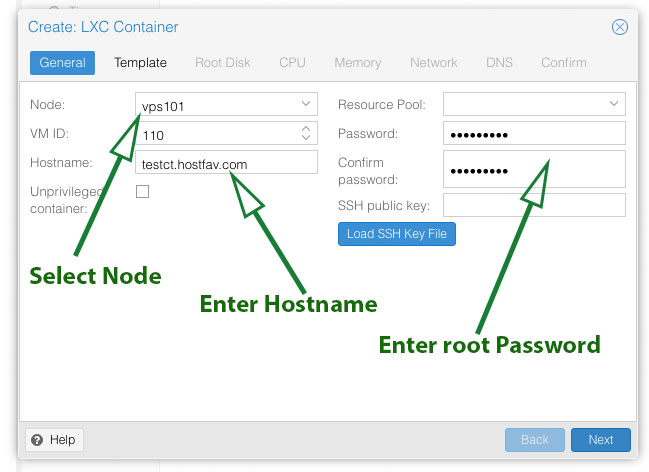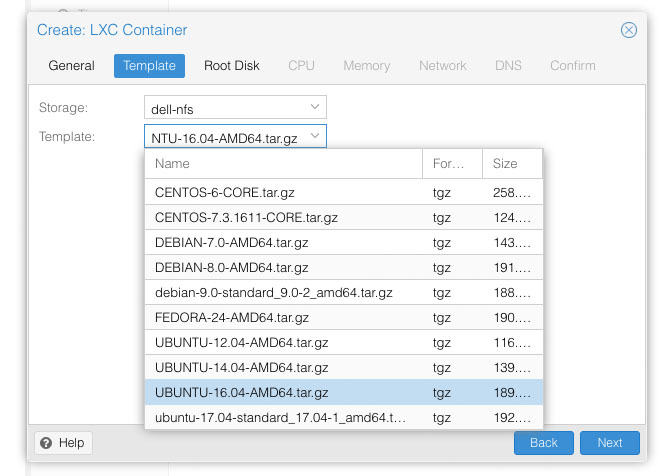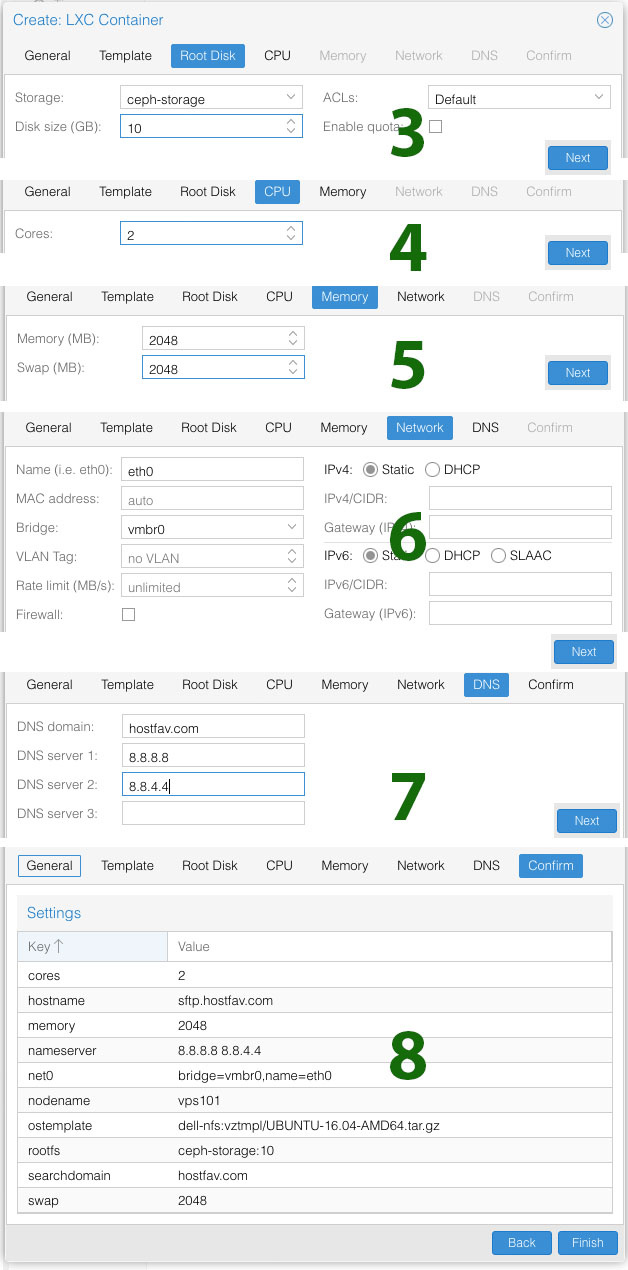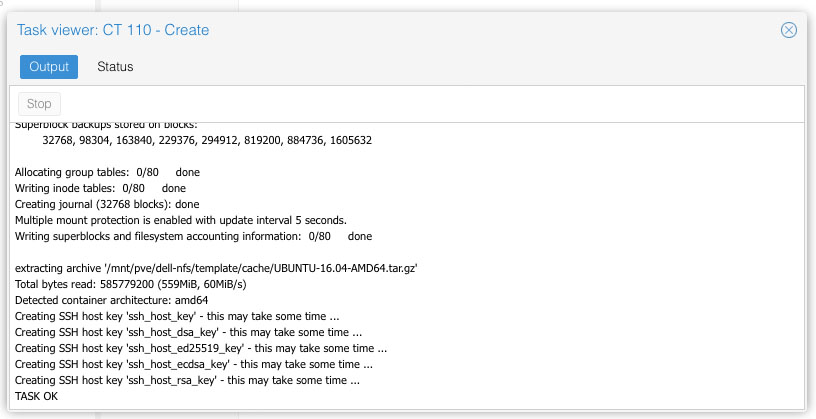Following script will create a SFTP user to access only home directory (Ubuntu 12x, 14x or 16x)
This script will save password in account.txt file.
Go to your home directory
cd /home
Create a account.txt file
sudo touch account.txt
Create a shell script and paste following script
nano createsftp.sh
#!/bin/bash #### # This script automatically creates SFTP Account and allow only access to Home Directory # # Author: Asuk Nath # Date: 11/20/15 # ### # Check user name supplied or not if [ $# -lt 1 ]; then echo "Please supply a username" echo "Example: " $0 "john" exit fi # Check if username already exist if id "$1" >/dev/null 2>&1; then echo "Username Exists" echo "Use different username" exit fi # Declare local variable and generate random password for SFTP newuser=$1 randompw=$(cat /dev/urandom | tr -dc 'a-zA-Z0-9' | fold -w 8 | head -n 1) # Create new user and assign random password. useradd $newuser echo $newuser:$randompw | chpasswd # Setting folder permission echo "Please wait Applying Permission and setting Incoming folder" mkdir /home/$newuser chown root:root /home/$newuser sleep 2 mkdir /home/$newuser/sftproot sleep 2 chown $newuser:$newuser /home/$newuser/sftproot cat <<EOF >> /etc/ssh/sshd_config Match User $newuser ChrootDirectory /home/$newuser/ ForceCommand internal-sftp AllowTCPForwarding no X11Forwarding no EOF sleep 2 service ssh restart # New Username and Password to account.txt cat <<EOF >> /home/account.txt $newuser $randompw EOF echo "SFTP Account:" $newuser "has been created with the password:" $randompw
Make this script executable
sudo chmod +x createsftp.sh
Command to create SFTP account
root@sftp:/home# sudo ./createsftp.sh user1 Please wait Applying Permission and setting Incoming folder SFTP Account: user1 has been created with the password: Jtkxp0ZE
Password is also saved in account.txt file
cat account.txt user1 6C215q3l
Delete SFTP account
root@sftp:/home# sudo deluser user1 Removing user `user1' ... Warning: group `user1' has no more members. Done.
Also you need to delete following lines from sshd_config file
Edit /etc/ssh/sshd_config
sudo nano /etc/ssh/sshd_config
Delete following lines
Match User user1 ChrootDirectory /home/user1/ ForceCommand internal-sftp AllowTCPForwarding no X11Forwarding no
Delete user’s home directory
sudo rm -rf user1














